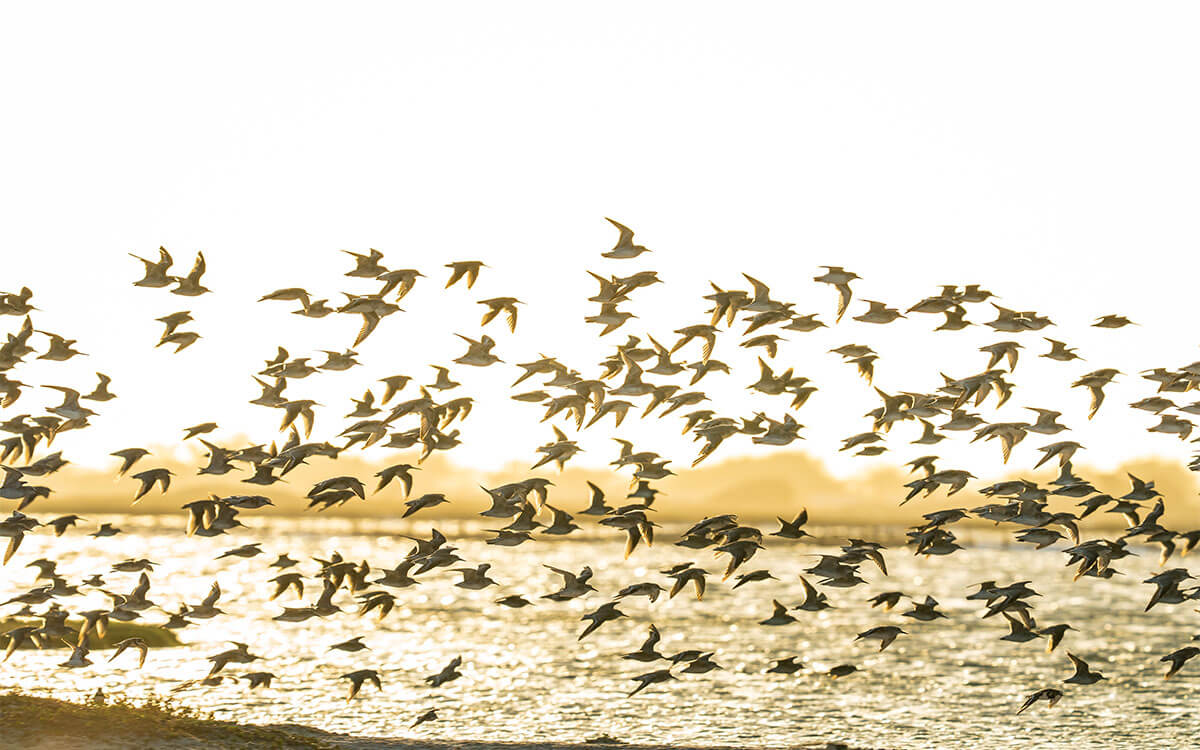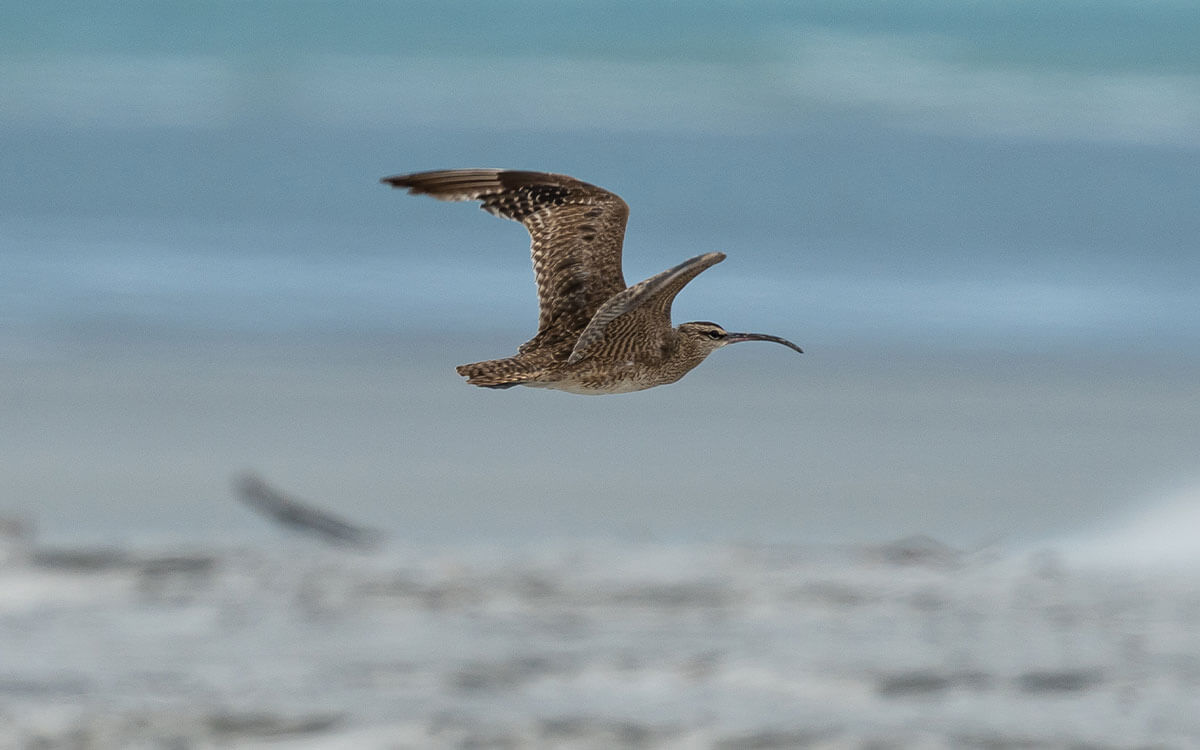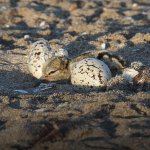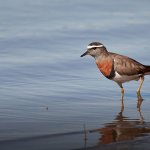Bacia Potiguar
Location
Brazil, Rio Grande do Norte state.
Category
Regional
Basis for Designation
More than 1% of the biogeographic population for Red knot (Calidris canutus rufa)
Size
21,003 acres
Date Designated
May 2024
Responsible Entities
Institute for Sustainable Development and Environment of Rio Grande do Norte
State/IDEMA.
Secretary of Environment and Urbanism of the municipality of Guamaré.
Secretary of Environment and Urbanism of the municipality of Galinhos.
Site Partners
Ponta do Tubarão Sustainable Development Reserve
SAVE Brasil
Contact
João P. T. Damasceno
SAVE Brasil
Overview
The Bacia Potiguar region is a complex coastal system consisting of dunes, fragments of caatinga, estuarine areas, and mangroves. This unique combination results in a high diversity of habitats, supporting a variety of plants and animals. Additionally, due to its intricate coastal ecosystem network, the region plays a strategic role for several species of migratory birds, particularly shorebirds. The Bacia Potiguar region is known for its economic activities, primarily shrimp farming and sea salt extraction (both carried out in mangrove areas) since the 1970s. Other economic activities include fruit farming, agriculture, cattle raising (in the plateau areas), oil exploration, and, more recently, substantial investment in wind farms near the coastal zone. Furthermore, Bacia Potiguar is home to traditional communities that primarily rely on artisanal fishing and shellfish gathering for their livelihoods.

Flock of shorebird flying over the WHSRN site Bacia Potiguar. Photo: Fabio Arruda
Ecology and Conservation
SAVE Brasil has been monitoring the Bacia Potiguar region since 2015. During this period, it has been observed that the region is visited by 20 Nearctic species of shorebirds during the austral spring and summer, as well as five local shorebird species. The area hosts several species of special concern, including the Red Knot, Whimbrel, Semipalmated Sandpiper, and Roseate Terns. The 200 Red Knots recorded at the site represent at least 1% of the Atlantic Coast population of the species. Additionally, Whimbrel estimates have shown peaks of approximately 100 birds, especially during spring migration. The Semipalmated Sandpiper exhibits a small population of about 1,000 individuals wintering in the region. It’s important to note that these figures do not account for any turnover, which certainly occurs in the area.
Bacia Potiguar is visited by 20 Neartic species of shorebirds during the austral spring and summer and also by five local species.
The area is also essential for other species present in the region. In this sense, five tern species (including two nationally endangered), Gulls, Osprey, Skimmers, Peregrine Falcons, and the Neotropic Cormorant, stand out. A biodiversity is also found, specially species that breed on estuaries such as shrimp and saltwater fishes, otters, dolphins, sharks, sea turtles, and rays. The vegetation is characterized by mangroves, caatinga, and restinga fragments scattered throughout the area. Additionally, the area presents dune vegetation with a proliferation of Algaroba (Prosopis nigra), an exotic species that spread uncontrollably in the region after its use for cattle feed.

Whimbrel at Bacia Potiguar. Photo: Fabio Arruda
Land Use
In this area, cattle, pigs, and goats are raised, while fishermen collect fish from both the river and the sea. Women also play an active role in collecting and preparing shellfish from the estuarine beaches.
Protection
A portion of the site is overlaid with a state-protected area in Macau City known as the Ponta do Tubarão Sustainable Development Reserve. This area was declared as protected in 2003 due to the commitment of traditional artisanal fishing communities to conservation efforts in the region. Furthermore, this area allows and approves certain economic activities through its management council, primarily related to traditional fishing and tourism. Designation as a WHSRN Site will also serve as an essential complementary management and engagement tool for this protected area.








